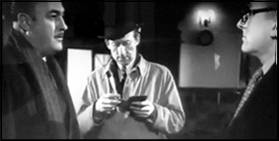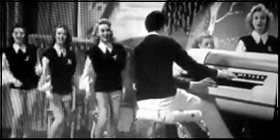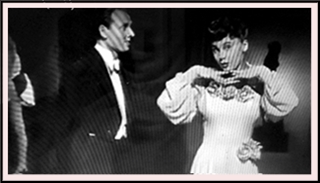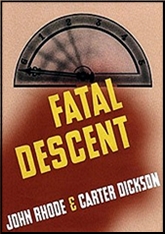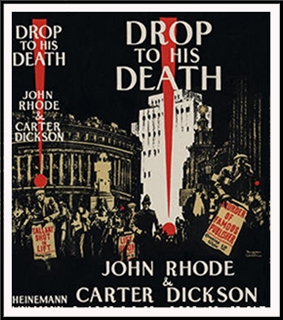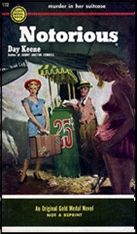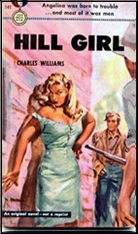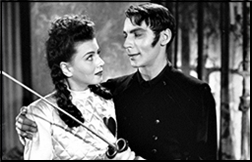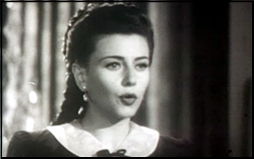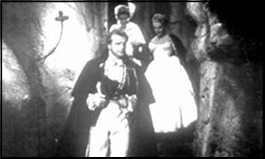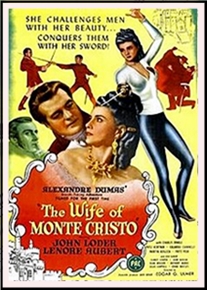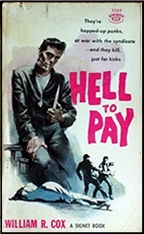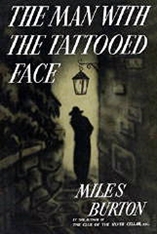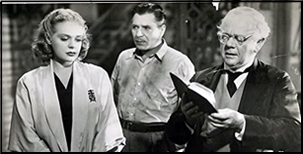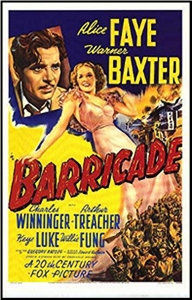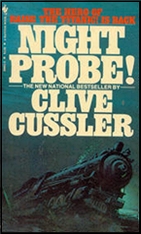Sat 15 May 2021
An Archived Mystery Review: LILIAN JACKSON BRAUN – The Cat Who Lived High.
Posted by Steve under Reviews[10] Comments
LILIAN JACKSON BRAUN – The Cat Who Lived High. Jim Qwilleran #11. Putnam, hardcover, 1990. Jove, paperback, 1991.
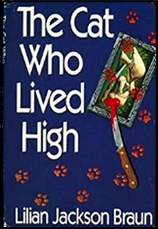
For the first two-thirds of this book I thought that this review I was going to write would be positive if not an out-and-out recommendation. Former reporter Jim Qwilleran and his two live-in feline companions, Yum Yum and Koko, have temporarily abandoned their home in Pickax City, up north in Moose County, and have headed for the dangerous wilds of Down Below (for which I have always assumed you could substitute the city of Detroit.)
Qwilleran has been asked to use some of his new fortune (tied up with the Klingenshoen Fund) to renovate a classic old apartment building,once the home of the rich and famous, but now on the verge of immediate takeover and conversion to new office towers and condos. And to investigate the building’s worthiness, he decided to take the penthouse accommodations for the winter.
In spite of the many free-spirits still living there, not surprisingly the Casablanca turns out to be a sad picture of urban decay. Yum Yum in particular does not take well to her new surroundings, and Koko’s nose for dirty work soon uncovers the fact that a notorious murder-suicide took place in the very apartment Qwilleran in now staying.
If Braun’s goal had been to write a humorous book about cats and life in the big city (which in part she has), the book would be a resounding success. It’s the unraveling of the mystery which, well, unravels. When the mystery finally (of necessity) takes center stage, you the reader are forced to realize that solving a murder by intuition (masculine as well as feline), ouija boards, and just plain good wishes is something that simply can’t be done, or at least not well.
In other words, the last third of the book self-destructs. I can’t think of a better word to describe it. The mystery is wound up so fast that (as far as I can tell) any thread of plot that is finally tied together is purely accidental. On his part, Qwilleran is totally content to head back to Pickax City. In a way, I don’t blame him. On the other hand, he certainly seems to leave a mess behind.

